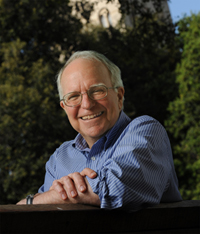

Research
BPEA | 1971 No. 3
1971, No. 3
The papers by Hall and by Holt and his colleagues at the
Urban Institute are at the opposite ends of the spectrum in their analyses
of what manpower policy can contribute to improving the tradeoff between
inflation and unemployment. Holt and his associates hold out high hope
with a much expanded and improved set of programs. Hall writes off
80 percent or more of the effect on unemployment that Holt and his
colleagues estimate would result from their recommendations. Indeed,
Hall can see little if any effect of existing manpower programs in shifting
the Phillips curve, and apparently believes that whatever their merits on
other grounds, existing programs are largely worthless as a means of
improving the unemployment-inflation tradeoff.
My own position lies between these two extremes. I think that Holt and
his colleagues are too optimistic, both in their assessment of the magnitude
of the effect of their program in reducing unemployment and in their
implication that a program of the size and kind they envision is politically
feasible.
On the other hand, I believe that Hall goes much too far in the other
direction. His Table 1, for example, seriously underestimates the number
of workers who might be helped by the Employment Service. While there
is an interesting discussion, at the beginning of Hall’s paper, of the alternate
views that have been expounded regarding defects in the labor market
that yield an unfavorable Phillips curve today for the United States, the
views he summarizes are incompletely described, and he does not consider
the various ways in which they may overlap each other.